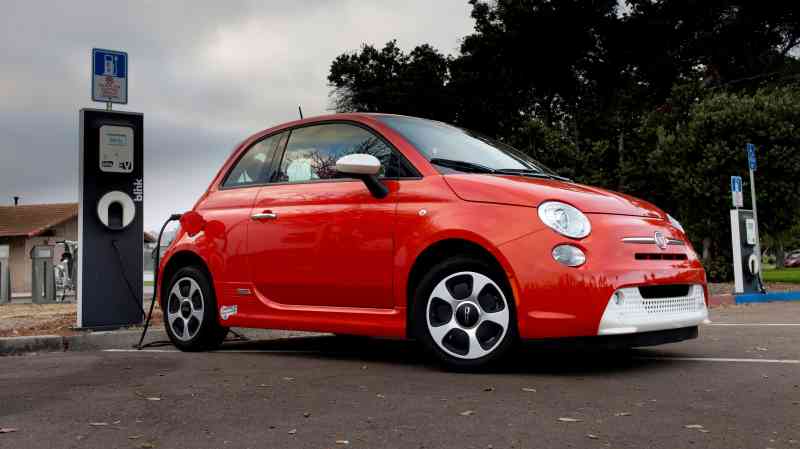John Lewis profits to grow ‘significantly’ after torrid few years
The John Lewis Partnership has said it is on course to “significantly” grow profits this year after recovering its “buzz” and cutting losses as it refocuses on its core retail business.
The employee-owned partnership behind the upmarket Waitrose grocery chain and John Lewis department stores said that total revenue rose 2 per cent to £5.2 billion in the period to July 27, helping losses before tax to fall from £59 million to £30 million year on year.
Stripping out exceptional items, losses fell from £57 million to £5 million.
Nish Kankiwala, chief executive of the John Lewis Partnership, said the “results confirm that our transformation plan is working” and that the retailer is “well set up for a positive peak trading period” over Christmas.
The partnership is reviving its fortunes after suffering mounting debts, falling profits and competition from online retailers and a resurgent Marks & Spencer.
Dame Sharon White, the partnership’s outgoing chairwoman, is due to formally hand over on Monday to Jason Tarry, the former Tesco UK boss, having sought to generate greater profits from non-retailing activities, such as housebuilding and financial services.
A cost-cutting strategy focused on reducing staff, closing stores and streamlining operations was criticised for weakening the partnership’s prized customer service.

In March, when announcing a return to profit, the partnership vowed to focus “unashamedly” on investing in its retail business.
There was no statement from White included in Thursday’s results announcement, but bosses later said she “remains exceptionally supportive”.
The partnership, which made “pre-exceptional” profits of £42 million in the year to January 7, reiterated a profit target of £400 million by 2027, which it delayed by two years last September.
Kankiwala said the board would decide in March whether to pay a bonus for the current year. Staff did not receive a bonus this year for only the third time since 1953 and the workforce has reduced from 81,000 when White took over in 2020 to about 69,000, mostly through “attrition”.
The recovery was led by Waitrose, where sales rose 5 per cent, including volume growth of more than 2 per cent, lifting adjusted operating profit to £113 million, up from £38 million last year. New initiatives included an in-house Gail’s bakery.
But John Lewis sales were down 3 per cent amid “a slower external environment for general merchandise” and it made a £49 million operating loss, widening from £25 million.
• How Sharon White left John Lewis ready to regain its former glory
Fashion sales were hit by the “squeeze on customers’ disposable income and unseasonal weather” and there was lower demand for “big ticket” items, weakening home sales.
Last week John Lewis announced that it was reinstating its “never knowingly undersold” price-match promise to win back customers by matching prices in its 34 stores and online with 25 competitors including Amazon, Next and Marks & Spencer. The first week of the pledge had been “exceptional” and bosses do not expect “a significant challenge” to its margins.
Waitrose announced last month plans to add an extra 100 convenience stores over the next five years in a £1 billion investment. It said that a quarter of its 320 stores would be revamped.
The investments are being helped by savings, a further £78 million of which have helped to deliver £500 million since January 2021, and the partnership said it remained on track to hit a target of £900 million by 2026.
Clive Black, retail analyst at Shore Capital, said: “All in all, it is pleasing to see this British retail institution out of the surgical ward. Culture, manifested in customer service and satisfaction, will, to us, be key to any success.”
However, John Ralfe, a pensions expert, warned about a £356 million pensions deficit. “To plug this gap, deficit contributions — stopped last year — will have to restart in the near future, diverting cash from JLP’s investment plans,” he said.




Post Comment